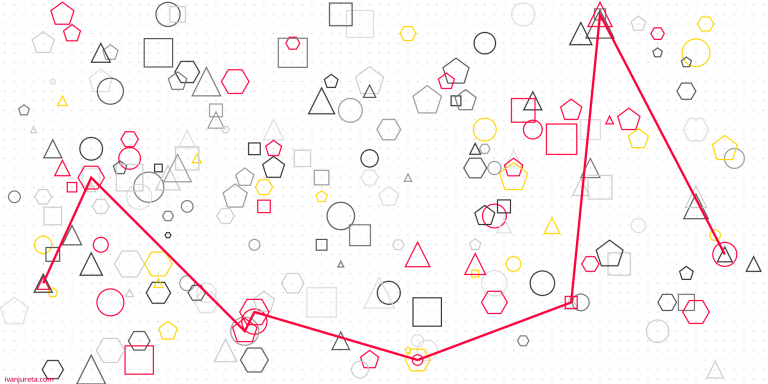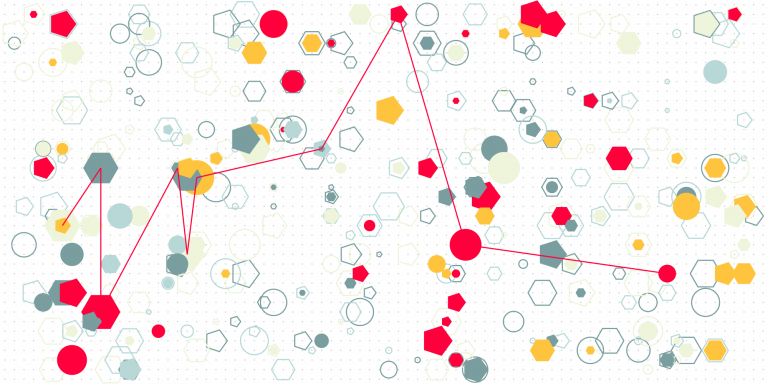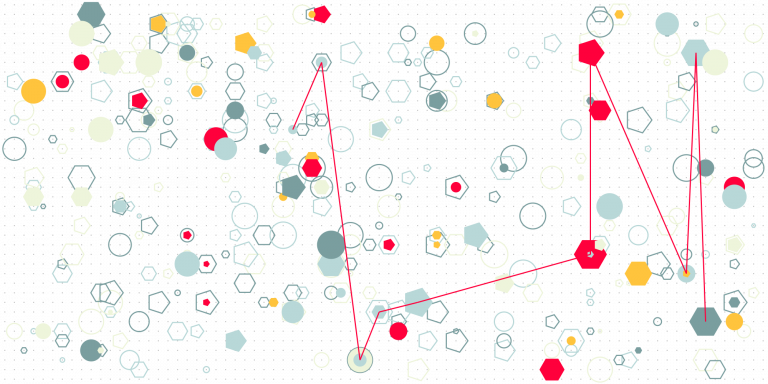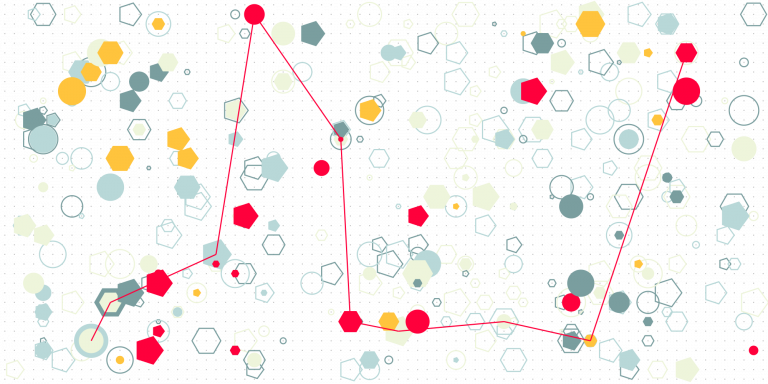Data Quality & AI Quality Are not Independent


How does the #quality of your #data affect the #design of your #AI ? pic.twitter.com/gFBo0JviLp
— ivanjureta (@ivanjureta) February 13, 2018

Explanations of decisions are central to decision governance: before changing how decisions are made, you need to explain how they are made; you need to explain why they need to be changed; and, you need to explain how changes that governance brings should lead to better decisions. So the question is: What is a good…

The Algorithmic Accountability Act (2022 and 2023) applies to many more settings than what is in early 2024 considered as Artificial Intelligence. It applies across all kinds of software products, or more generally, products and services which rely in any way on algorithms to support decision making. This makes it necessary for any product manager…

Can “an artificial intelligence machine be an ‘inventor’ under the Patent Act”? According to the Memorandum Opinion filed on September 2, 2021, in the case 1:20-cv-00903, the US Patent and Trademark Office (USPTO) requires that the inventor is one or more people [1]. An “AI machine” cannot be named an inventor on a patent that…
In a service-oriented system (SoS) service requests define tasks to execute and quality of service (QoS) criteria to optimize. A service request is submitted to an automated service selector in the SoS, which allocates tasks to those service that, together, can “best” satisfy the given QoS criteria. When the selector cannot optimize simultaneously the given…

Does the EU AI Act apply to most, if not all software? It is probably not what was intended, but it may well be the case. The EU AI Act, here, applies to “artificial intelligence systems” (AI system), and defines AI systems as follows: ‘artificial intelligence system’ (AI system) means software that is developed with…